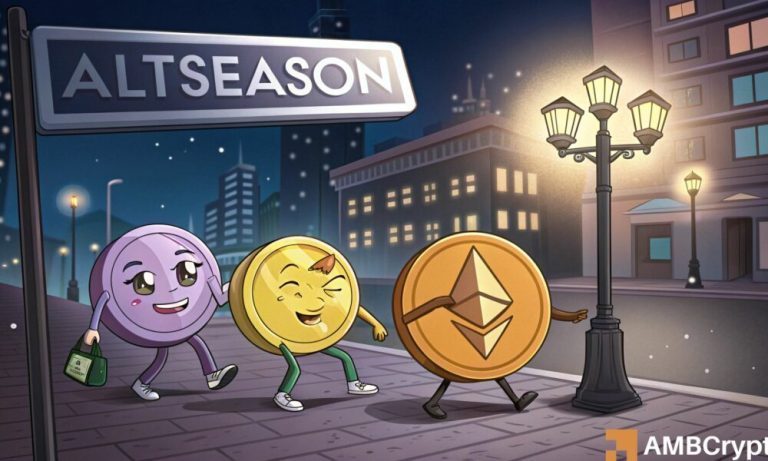
Traveling Through Time: How Europe’s Historical Heritage Shapes Modern Lifestyles in 2025
Traveling Through Time: How Europe’s Historical Heritage Shapes Modern Lifestyles in 2025. Europe, a continent steeped in history and tradition, has a unique ability to blend its rich heritage with modern lifestyles. From the ancient ruins of Rome to the modern architecture of Barcelona, Europe’s historical landmarks continue to shape the way we live, work, and interact with one another. In this article, we will explore the ways in which Europe’s historical heritage influences modern lifestyles in 2025.
Preserving the Past, Embracing the Future
One of the most significant ways in which Europe’s historical heritage shapes modern lifestyles is through the preservation of historical landmarks and monuments. Many European cities have made a concerted effort to preserve their historical architecture, often incorporating modern amenities and technologies into these ancient structures. For example, the city of Paris has carefully restored many of its historical buildings, including the famous Notre-Dame Cathedral, which was damaged in a fire in 2019. This blend of old and new has created a unique and vibrant cultural landscape, where residents and visitors can experience the best of both worlds.
The Impact of Historical Heritage on Modern Culture
Europe’s historical heritage also has a profound impact on modern culture, from art and literature to music and film. Many European cities are home to world-class museums and galleries, which showcase the works of famous artists and writers from throughout history. For example, the Louvre in Paris is one of the most famous museums in the world, with a collection that includes the Mona Lisa and other works by European masters. This cultural heritage continues to inspire modern artists, writers, and musicians, who draw on the past to create new and innovative works.
Historical Heritage and Modern Lifestyles
In addition to its impact on culture, Europe’s historical heritage also shapes modern lifestyles in many practical ways. For example, many European cities have narrow, winding streets that were originally designed for horses and carriages. While these streets can be challenging for modern traffic, they also create a unique and intimate urban landscape, where residents and visitors can walk and cycle through historic neighborhoods. This blend of old and new has created a unique and sustainable approach to urban planning, where modern amenities and technologies are incorporated into historic settings.
Conclusion
In conclusion, Europe’s historical heritage continues to shape modern lifestyles in 2025, from architecture to art and culture. By preserving its historical landmarks and incorporating modern amenities and technologies, Europe has created a unique and vibrant cultural landscape, where residents and visitors can experience the best of both worlds. Whether you are interested in history, culture, or simply exploring new and exciting places, Europe has something to offer everyone.






